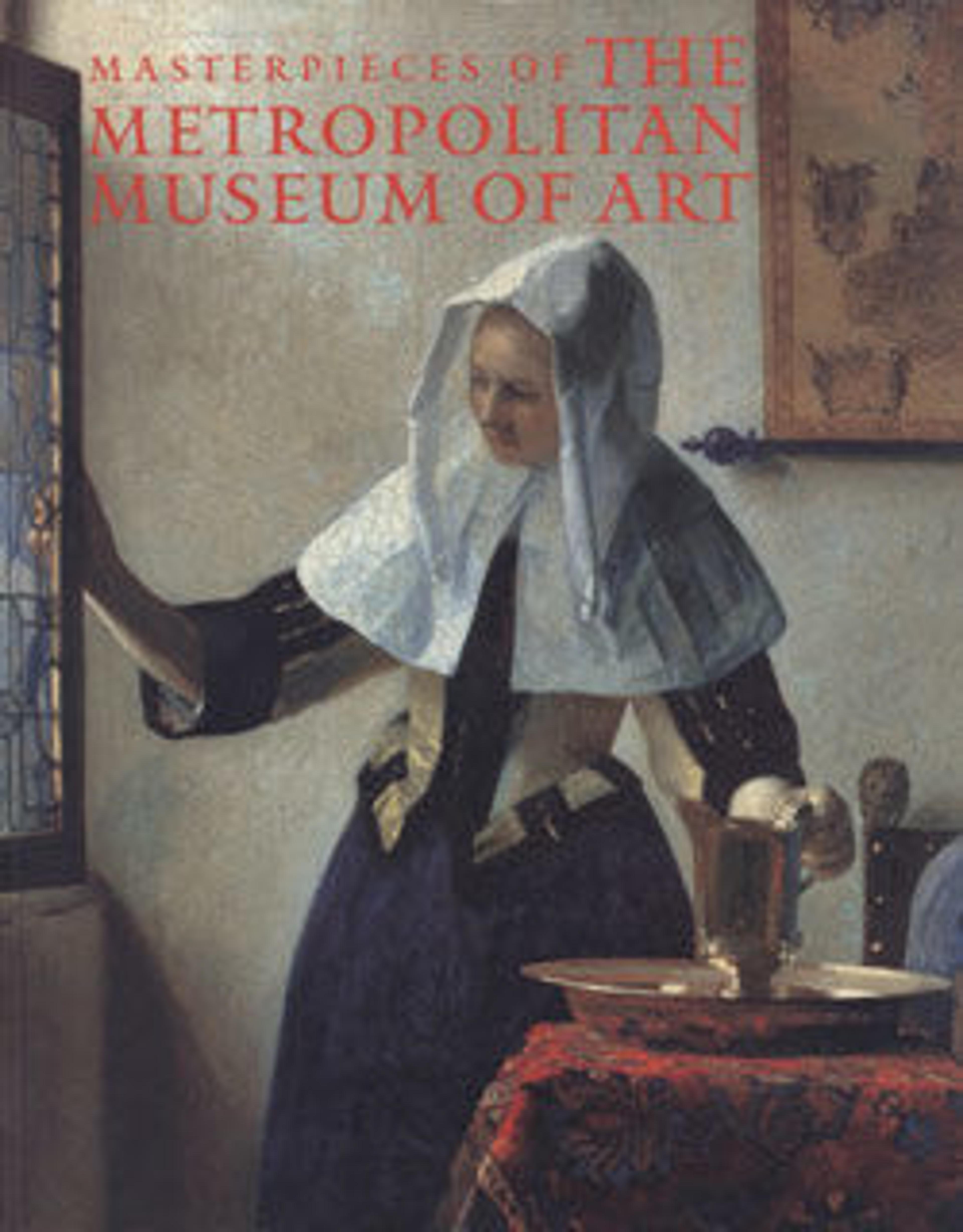View on the Columbia, Cascades
Beginning in the 1850s, photographers found a way to achieve the clarity of daguerreotypes without giving up the reproducibility inherent in William Henry Fox Talbot's negative/positive photographic process: they replaced the paper negative with glass, which they coated with a thin layer of wet photosensitive collodion (guncotton dissolved in ether). For large-format landscape work such as Watkins produced along the Columbia River in Oregon, the physical demands of this process were great. Since there was as yet no practical means of enlarging, Watkins's glass negatives had to be as large as he wished the prints to be, and his camera large enough to accommodate them. Furthermore, the glass negatives had to be coated, exposed, and developed while the collodion remained tacky, requiring the photographer to transport a traveling darkroom as he explored the virgin terrain of the American West. The crystalline clarity and classic probity of Watkins's remarkable "mammoth" prints attest to his virtuosic mastery of the process and his consummate artistry.
Artwork Details
- Title:View on the Columbia, Cascades
- Artist:Carleton E. Watkins (American, 1829–1916)
- Date:1867
- Medium:Albumen silver print from glass negative
- Dimensions:40.0 x 52.4 cm (15 3/4 x 20 5/8 in.)
- Classification:Photographs
- Credit Line:Warner Communications Inc. Purchase Fund and Harris Brisbane Dick Fund, 1979
- Object Number:1979.622
- Curatorial Department: Photographs
More Artwork
Research Resources
The Met provides unparalleled resources for research and welcomes an international community of students and scholars. The Met's Open Access API is where creators and researchers can connect to the The Met collection. Open Access data and public domain images are available for unrestricted commercial and noncommercial use without permission or fee.
To request images under copyright and other restrictions, please use this Image Request form.
Feedback
We continue to research and examine historical and cultural context for objects in The Met collection. If you have comments or questions about this object record, please contact us using the form below. The Museum looks forward to receiving your comments.
